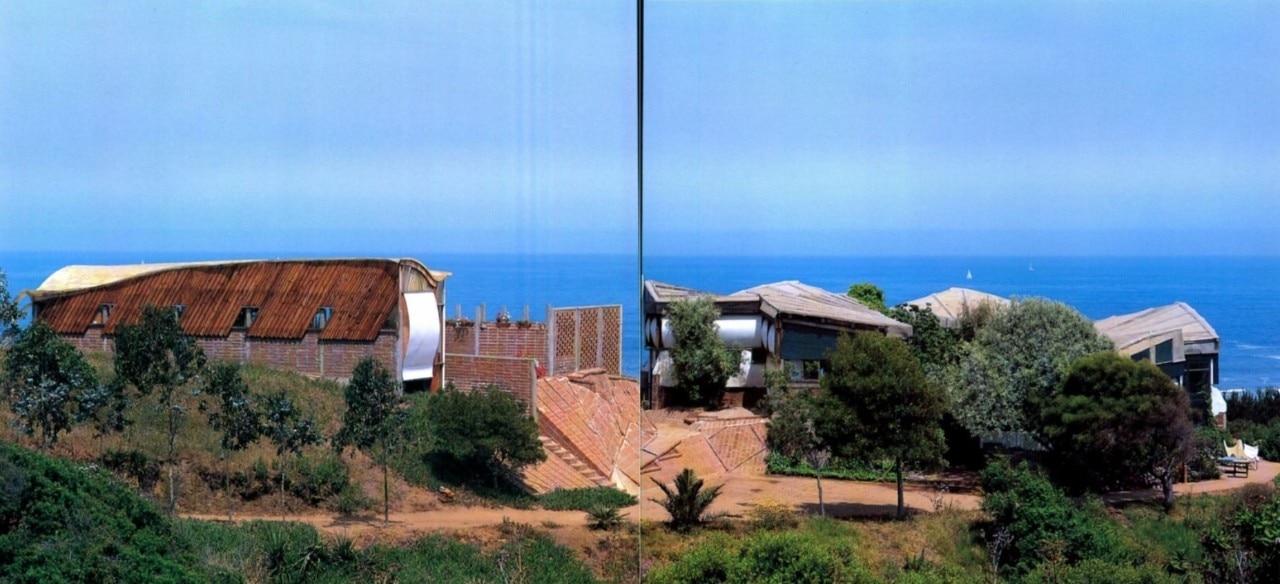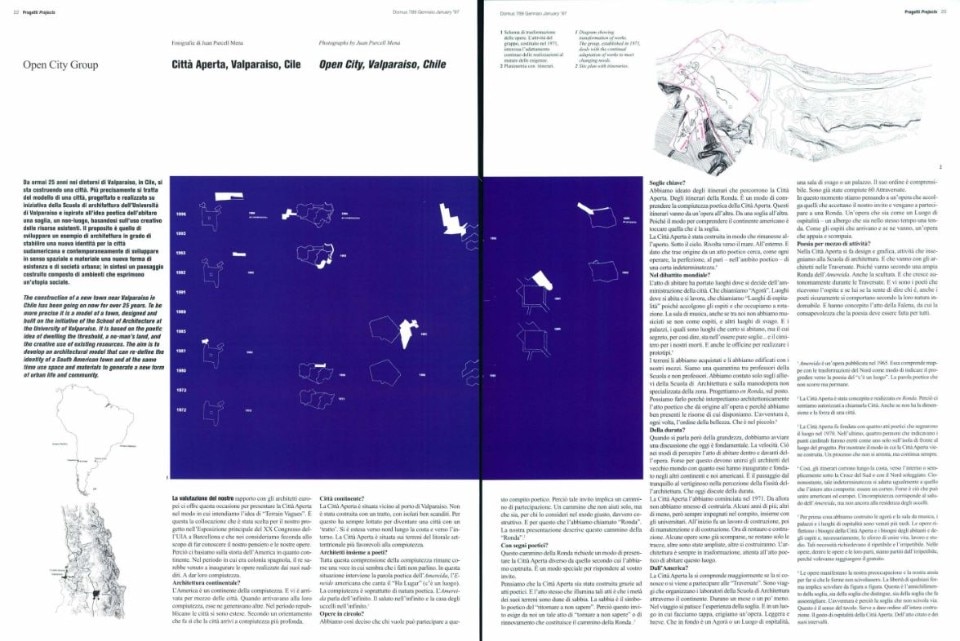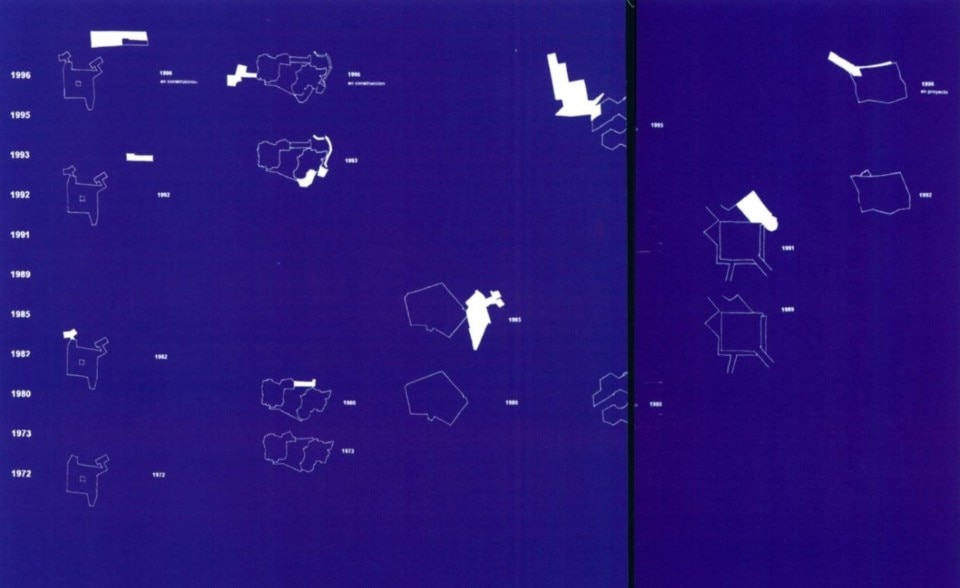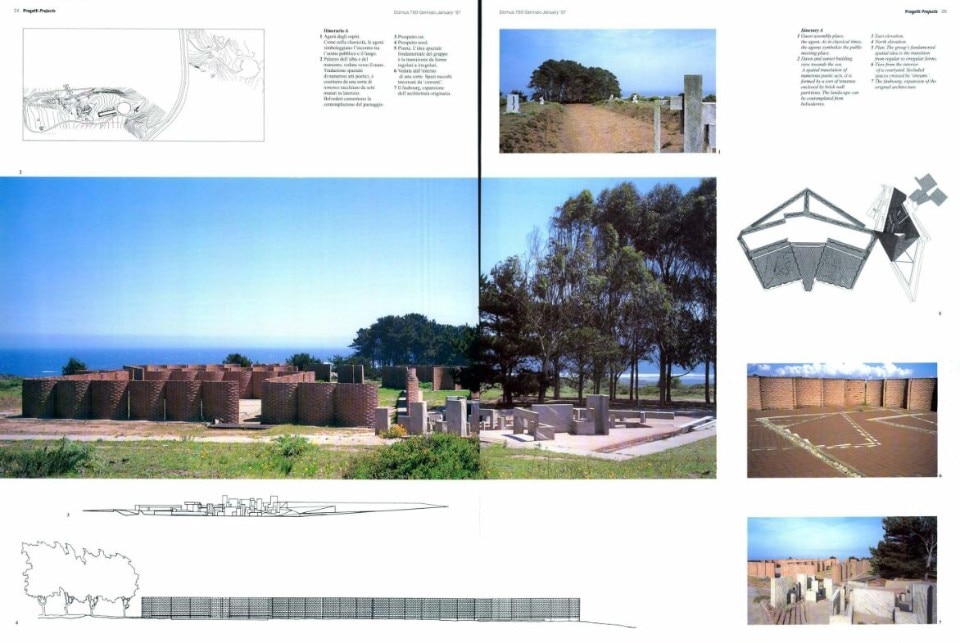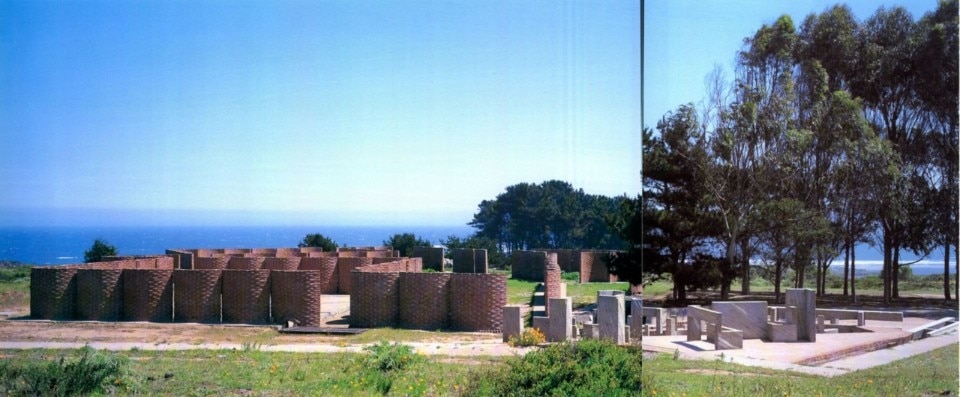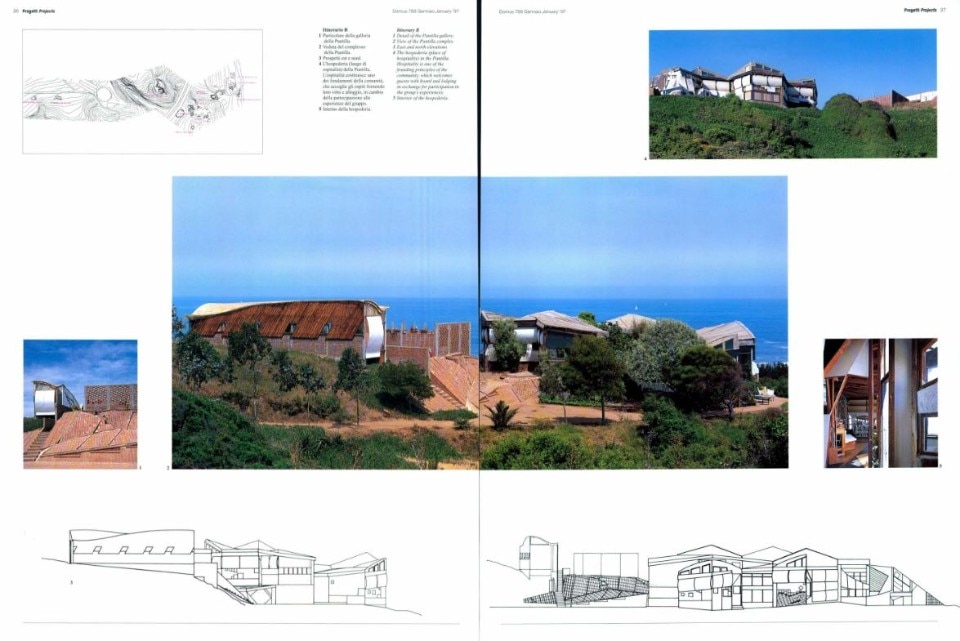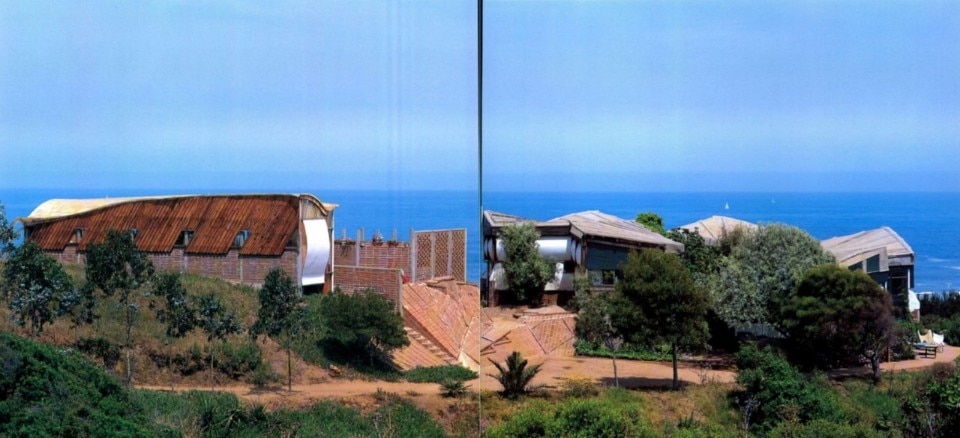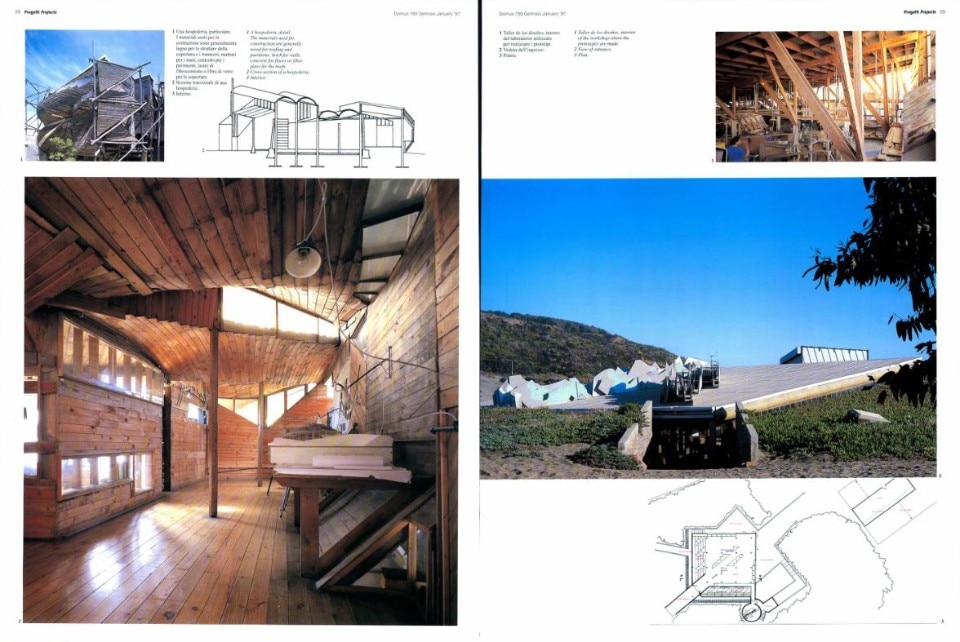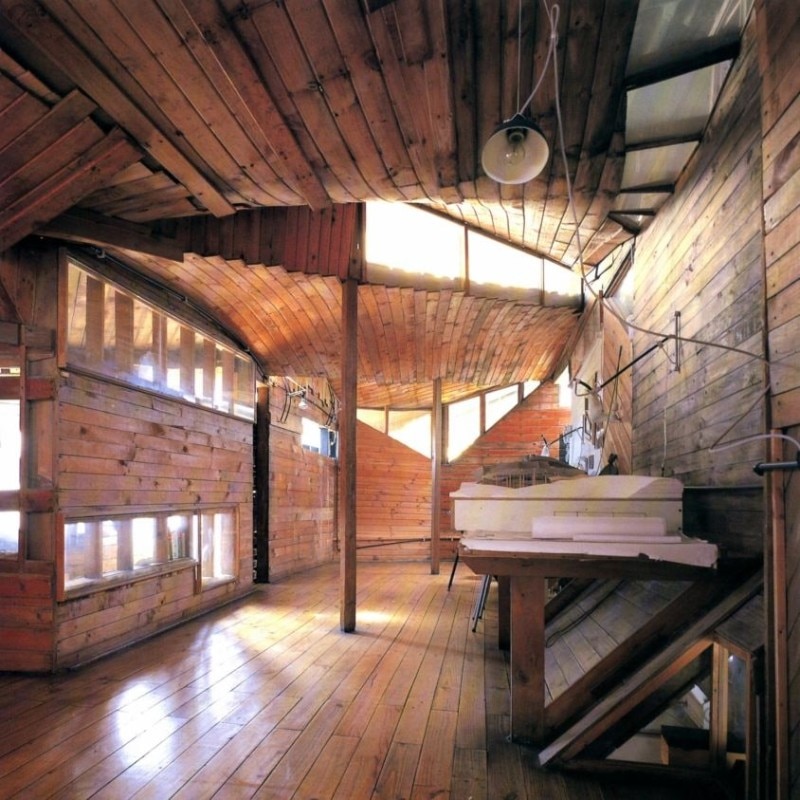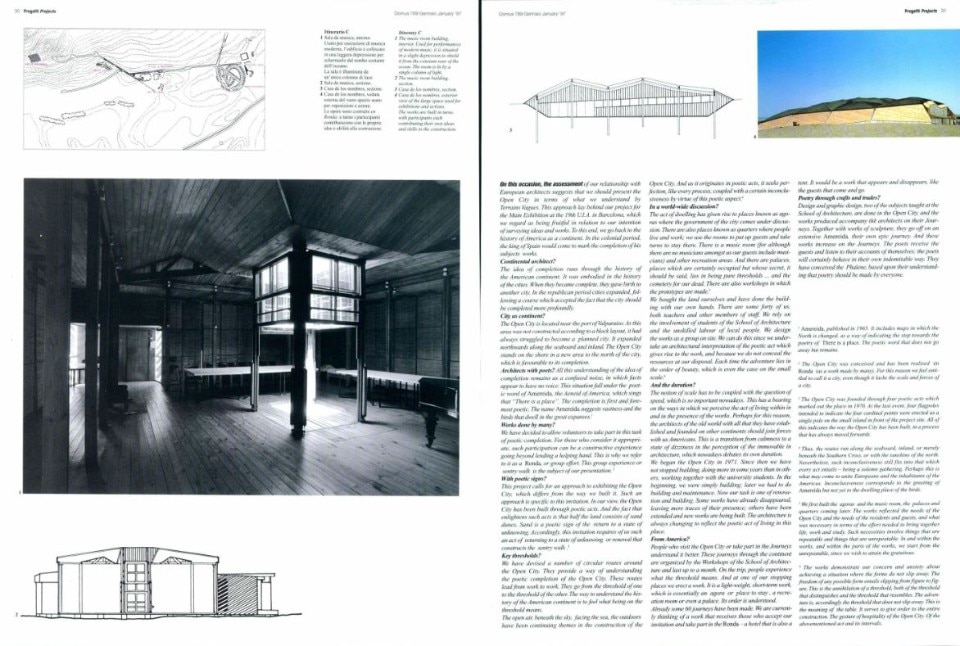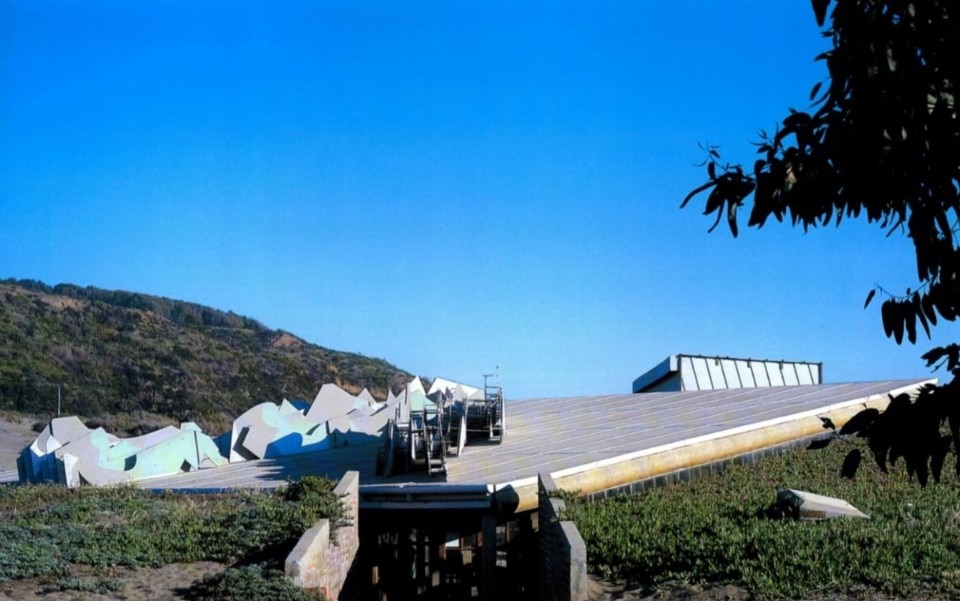“It is a city, with houses and cemeteries and temples, very special ones, made in the Universidad Católica de Valparaíso. It was really successful and really important for our generation, because in the middle of postmodernism in our school there was a sign that was really important, throughout this really boring architecture: and it was a really good exercise for them. And I think right now it’s not really powerful, but it’s still there in the imaginary, it’s still there working for us in our memory”.
These are the words of Chilean architect Smiljan Radic, in dialogue a few years ago with Hans Ulrich Obrist on the pages of Domus (1020, January 2018) evoking the Ciudad Abierta (Open City), an experience of community and education that to this day remains unique, and above all to this day is still alive and evolving, born in 1971 not far from Valparaíso, surviving the darkness of the dictatorship and the tendency – typical of all Bauhaus-like circles – to crystallise and statically preserve what was once born as a set of revolutionary principles.
How could this happen? The answer lies in the nature of the Ciudad itself, of a community born in Ritoque, not far from Valparaíso, in the rejection of the Beaux-Arts and treatise-style teaching of architecture at the instigation of Professor Alberto Cruz and of poet Godofredo Iommi; an idea of community that abandons Eurocentrism to re-centre its cultural geographies on America, building them on the creation of a poetic journey called Amereida, and that in a totally horizontal and collective dimension brings together students and teachers (role denominations that immediately lose their hierarchical meaning and significance) around the creation of poetic acts that could eventually be translated into architecture.
Poetry is the way to disclose, to understand, the real and the possible, it is something completely open and transient like the sand of the dunes on which the Ciudad Abierta has been welcoming travellers and new members for more than 50 years, in a city visibly lacking a normed and recognisable form; a vision of existence and coexistence that in February 1997 led Domus to choose this experience as a manifesto of social sustainability, a model for the urban communities of the future, to investigate in issue 789, entirely dedicated to the challenge of Designing Sustainability.
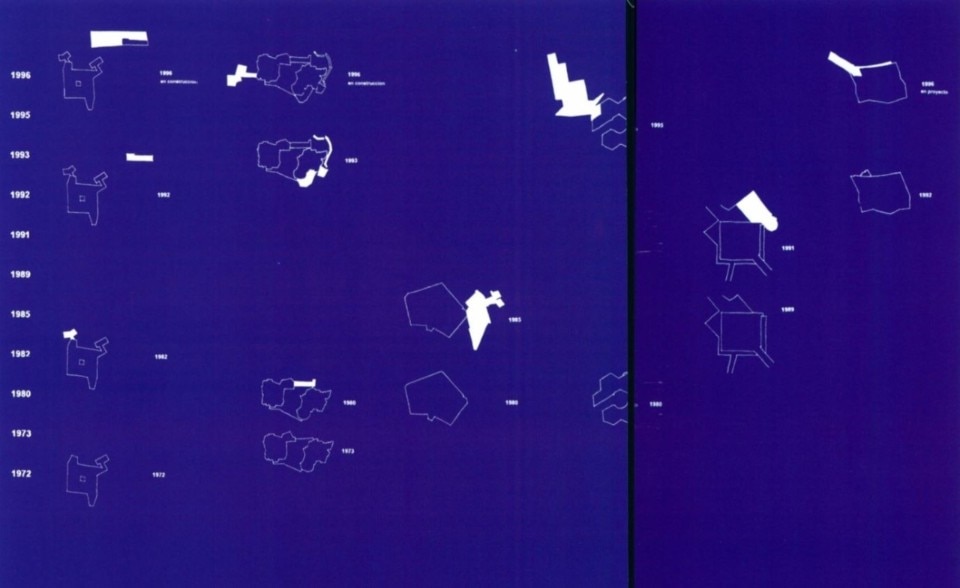
Open City, Valparaiso, Chile
The construction of a new town near Valparaiso in Chile has been going on now for over 25 years. To be more precise it is a model of a town, designed and built on the initiative of the School of Architecture at the University of Valparaiso. It is based on the poetic idea of dwelling the threshold, a no-man’s land, and the creative use of existing resources. The aim is to develop an architectural model that can re-define the identity of a South American town and at the same time use space and materials to generate a new form of urban life and community.
On this occasion, the assessment ofour relationship with European architects suggests that we should present the Open City in terms of what we understand by Terrains Vagues. This approach lay behind our projectfor the Main Exhibition at the 19th U.I.A. in Barcelona, which we regard as being fruitful in relation to our intention ofsurveying ideas and works. To this end, we go back to the history ofAmerica as a continent. In the colonial period, the king ofSpain would come to mark the completion ofhis subjects works.
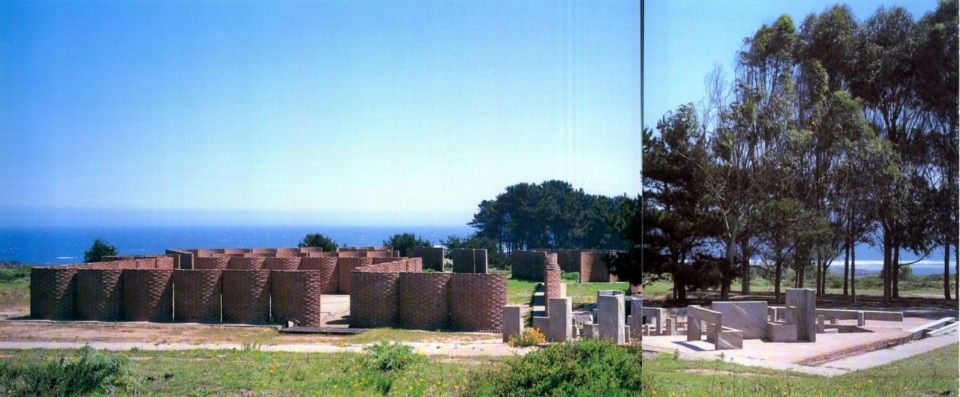
Continental architect?
The idea of completion runs through the history of the American continent. It was embodied in the history ofthe cities. When they became complete, they gave birth to another city. In the republican period cities expanded, following a course which accepted thefact that the city should be completed more profoundly.
City as continent?
The Open City is located near theport ofValparaiso. As this area was not constructed according to a block layout, it had always struggled to become a planned city. It expanded northwards along the seaboard and inland. The Open City stands on the shore in a new area to the north of the city, which isfavourable to its completion.
Architects with poets?
All this understanding of the idea of completion remains as a confused noise, in which facts appear to have no voice. This situation fall under the poetic word of Amereida, theAeneid ofAmerica, which sings that “There is a place”. The completion is first and fore-most poetic. The name Amereida suggests vastness and the birds that dwell in the great expanses.1
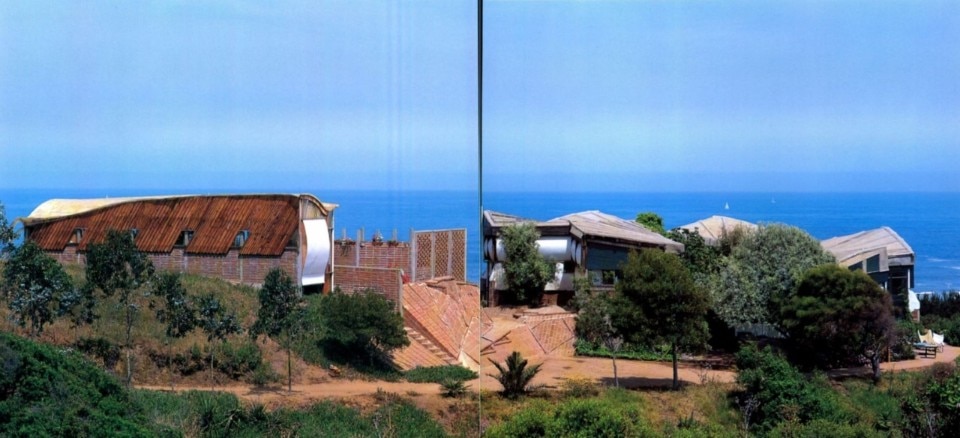
Works done by many?
We have decided to allow volunteers to takepart in this task ofpoetic completion. For those who consider it appropriate, such participation can be a constructive experience going beyond lending a helping hand. This is why we refer to it as a Ronda, or group effort. This group experience or sentry walk is the subject of our presentation.2
With poetic signs?
This project callsfor an approach to exhibiting the Open City, which differs from the way we built it. Such an approach is specific to this invitation. In our view, the Open City has been built through poetic acts.
And the fact that enlightens such acts is that half the land consists of sand dunes. Sand is a poetic sign of the return to a state of unknowing. Accordingly, this invitation requires ofus such an act of returning to a state ofunknowing or renewal that constructs the sentry walk? 3
Key thresholds?
We have devised a number of circular routes around the Open City. They provide a way of understanding the poetic completion of the Open City. These routes leadfrom work to work. They go from the threshold ofone to the threshold ofthe other. The way to understand the history of the American continent is to feel what being on the threshold means.
The open air, beneath the sky, facing the sea, the outdoors have been continuing themes in the construction of the Open City. And as it originates in poetic acts, it seeks perfection, like everyprocess, coupled with a certain inconclusiveness by virtue of this poetic aspect.4
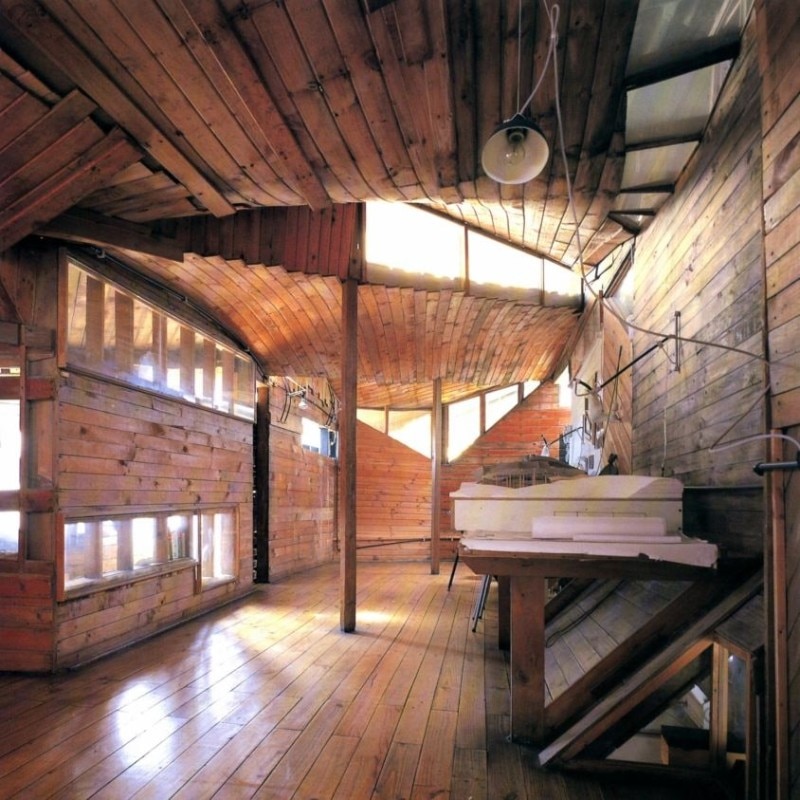
In a world-wide discussion?
The act ofdwelling has given rise to places known as agoras where the government ofthe city comes under discussion. There are also places known as quarters where people live and work; we use the rooms to put up guests and take turns to stay there. There is a music room (for although there are no musicians amongst us our guests include musicians) and other recreation areas. And there are palaces, places which are certainly occupied but whose secret, it should be said, lies in being pure thresholds... and the cemeteryfor our dead. There are also workshops in which the prototypes are made.5
We bought the land ourselves and have done the building with our own hands. There are some forty of us, both teachers and other members of staff. We rely on the involvement ofstudents of the School ofArchitecture and the unskilled labour of local people. We design the works as a group on site. We can do this since we undertake an architectural interpretation ofthe poetic act which gives rise to the work, and because we do not conceal the resources at our disposal. Each time the adventure lies in the order of beauty, which is even the case on the small scale.6
And the duration?
The notion ofscale has to be coupled with the question of speed, which is so important nowadays. This has a bearing on the ways in which we perceive the act ofliving within in and in the presence of the works. Perhaps for this reason, the architects ofthe old world with all that they have established andfounded on other continents shouldjoinforces with us Americans. This is a transition from calmness to a state of dizziness in the perception of the immovable in architecture, which nowadays debates its own duration.
We began the Open City in 1971. Since then we have not stopped building, doing more in someyears than in others, working together with the university students. In the beginning, we were simply building; later we had to do building and maintenance. Now our task is one ofrenovation and building. Some works have already disappeared, leaving mere traces of their presence; others have been extended and new works are being built. The architecture is always changing to reflect the poetic act of living in this place.
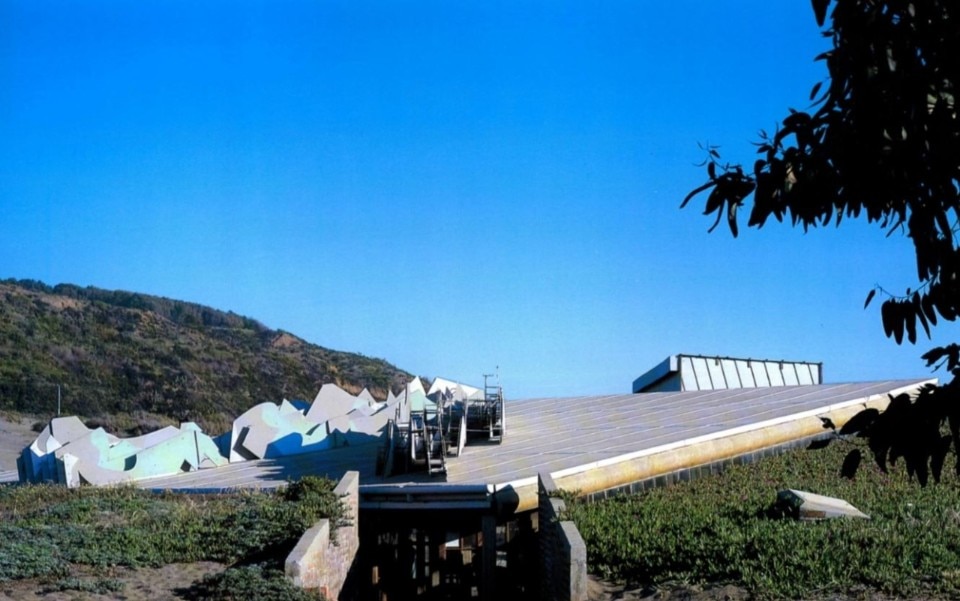
From America?
People who visit the Open City or take part in the Journeys understand it better. Thesejourneys through the continent are organized by the Workshops ofthe School ofArchitecture and last up to a month. On the trip, people experience what the threshold means. And at one of our stopping places we erect a work It is a light-weight, short-term work which is essentially an agora or place to stay, a recreation room or even a palace. Its order is understood. Already some 60journeys have been made. We are currently thinking of a work that receives those who accept our invitation and take part in the Ronda – a hotel that is also a tent. It would be a work that appears and disappears, like the guests that come and go.
Poetry through crafts and trades?
Design and graphic design, two ofthe subjects taught at the School ofArchitecture, are done in the Open City, and the works produced accompany thè architects on their Journeys. Together with works ofsculpture, they go off on an extensive Amereida, their own epic journey. And these works increase on the Journeys. The poets receive the guests and listen to their accounts ofthemselves; the poets will certainly behave in their own indomitable way. They have conceived the Phalene, based upon their understanding that poetry should be made by everyone.

1. Amereida, published in 1965. It includes maps in which the North is changed, as a way of indicating the step towards the poetry of There is a place. The poetic word that does not go away but remains.
2. The Open City was conceived and has been realised en Ronda (as a work made by many). For this reason wefeel entitled to call it a city, even though it lacks the scale andforces of a city.
3. The Open City was founded through four poetic acts which marked out the place in 1970. At the last event, fourflagpoles intended to indicate the four cardinal points were erected as a single pole on the small island in front of the project site. All of this indicates the way the Open City has been built, in a process that has always movedforwards.
4. Thus, the routes run along the seaboard, inland, or merely beneath the Southern Cross, or with the sunshine of the north. Nevertheless, such inconclusiveness still fits into that which every act entails - being a solemn gathering. Perhaps this is what may come to unite Europeans and the inhabitants of the Americas. Inconclusiveness corresponds to the greeting of Amereida but not yet to the dwelling place ofthe birds.
5. We first built the agoras and the music room, the palaces and quarters coming later. The works reflected the needs of the Open City and the needs of the residents and guests, and what was necessary in terms of the effort needed to bring together life, work and study. Such necessities involve things that are repeatable and things that are unrepeatable. In and within the works, and within the parts of the works, we start from the unrepeatable, since we wish to attain the gratuitous.
6. The works demonstrate our concern and anxiety about achieving a situation where the forms do not slip away. The freedom ofanypossibleform entails slippingfromfigure tofigure. This is the annihilation ofa threshold, both ofthe threshold that distinguishes and the threshold that resembles. The adventure is, accordingly the threshold that does not slip away. This is the meaning of the table. It serves to give order to the entire construction. The gesture of hospitality ofthe Open City. Ofthe abovementioned act and its intervals.


